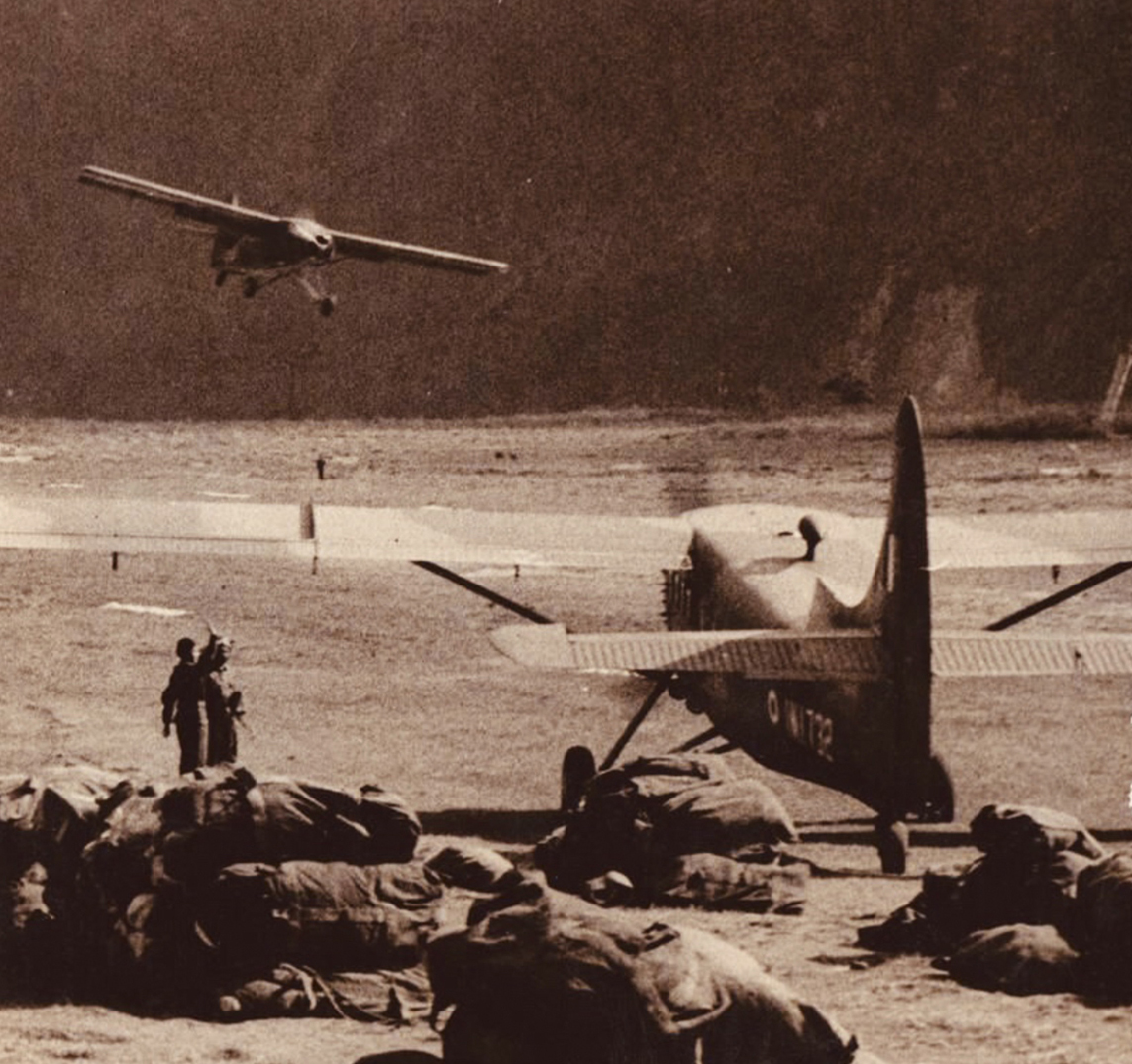STRATEGIC EYE: A column on current affairs – relating to India and/or Canada and looking at ways to promote Indo-Canadian relations in many spheres.
Canadian-Built Aircraft Was Invaluable Lifeline During The India-China War Of 1962
By Ghanshyam Singh Katoch@
It is rightly said that “Victory has a hundred fathers, but defeat is an orphan”. 20 Oct 2019 was celebrated as the 57th anniversary of the start of the Sino-India war of 1962. It ended in ignominy for India on 21 Nov 1962.
Few will remember this anniversary, and fewer will want to commemorate it. In homage to the 3,250 Indian soldiers who died in the war this article reminiscences a facet of Indo-Canadian affiliation which is remembered fondly for its contribution to the war in a very benign but important manner.
That facet is the service of the De Havilland Canada DHC-3 Otter transport aircraft of the Indian Air Force (IAF).
The Otter with its take-off distance of 1,155 feet and landing distance of 850 feet had been a worthy successor of another legendary Canadian bush aircraft the DHC-2 “Beaver”. Whether with wheels or floats both types of aircraft endeared themselves to their users. So did the Otter to its Indian users.
The Canadian Otter was the only single engine transport aircraft flown by the IAF. It was inducted into the IAF in 1956 and the last one flew with the IAF till 1991.
Its finest hour was in the 31-day war of 1962. A thoroughbred “bush” aircraft the otter was flown by the No 41 ‘Otters’ Squadron and No. 59 ‘Hornbills’ squadrons of the IAF. Capable of operating from short unmetalled Advanced Landing Grounds (ALGs) with a high wing configuration, it could carry 10 to 11 soldiers with their equipment and fly up to heights of 18,800 feet.
The nascent IAF helicopter capability with limited endurance, range and payloads and the notoriously fickle Himalayan weather, made the Otters an invaluable lifeline for induction and supply of troops and evacuation of casualties.
The ALGs that the Otter flew from are etched in the memory of the pilots who flew the otters and the soldiers who remember them as saviours. Tezu, Menchuka, Walong are some of those legendary ALGs which in much improved manner are still in use today.
A memorable effort of the Otters was to induct a complete Indian army brigade (11 Infantry Brigade) for the defence of Walong in the Lohit valley during a short lull in the operations.

History is replete with instances of once implacable opponents transitioning to being good friends. Examples are the French and the Germans, the Americans and the Japanese, the Vietnamese and the Americans.
Inspite of the Sino-Indian border dispute remaining unsolved and memories of that humiliating defeat of 1962 persisting, Sino-Indian relations have progressed. China is among India’s largest trading partners and one can hope that growing business and people to people ties will wipe out the last vestiges of acrimony which will help in resolving the boundary issue.
Canada’s largest new immigrants are of Indian and Chinese origin. They will play a positive influence as Indian and Chinese people to people bonhomie grows. Finding a small niche in that relationship will be the Canadian Otter aircraft.
In 2011 while serving at Walong, one of our lady doctors with an observant eye noticed that a restraining metal panel which was being used to keep the hill side mud sliding into the small clearing of the Medical Aid room, appeared different; it appeared to have rivets.
She got it removed and was surprised to see that it was a small aircraft wing. The inner side protected from the vagaries of weather still had the aircraft number painted on it.
A request to the IAF confirmed that it was from one of their wartime lost Otters.
We removed the wing and kept it at the Walong ALG memorial. Earlier there was a full aircraft there which was later removed by the IAF and taken to its museum. That was another legendary Canadian aircraft—a DHC Caribou. But that is another story.
@ Ghanshyam Singh Katoch, Lt General (Retd,) is a Distinguished Fellow with a prominent think tank at New Delhi.Mark Swaffer (file uploaded by Fudoreaper)


























































